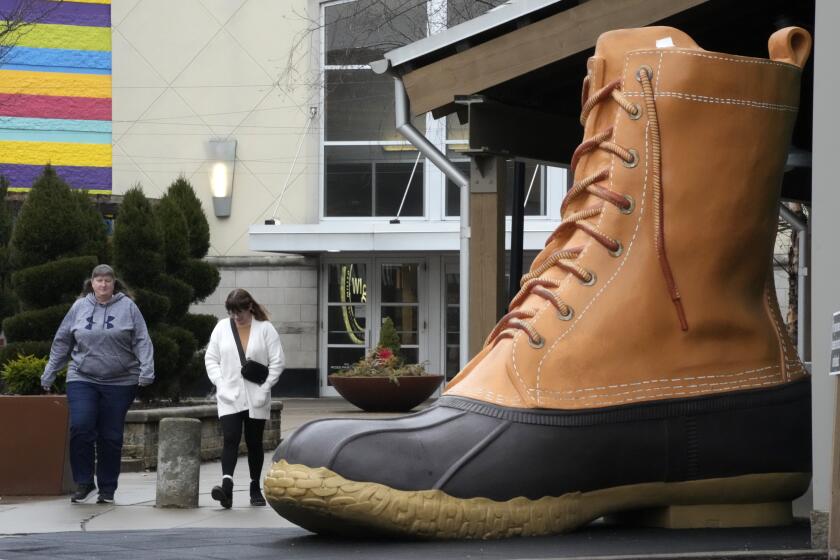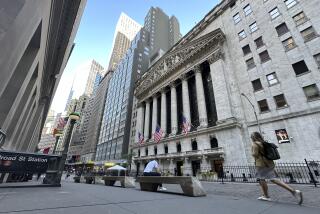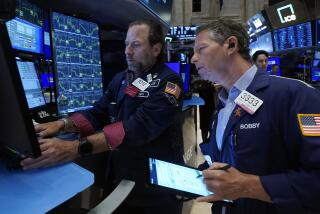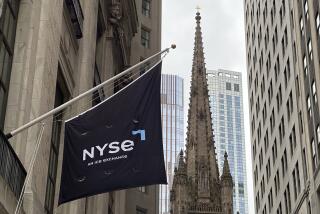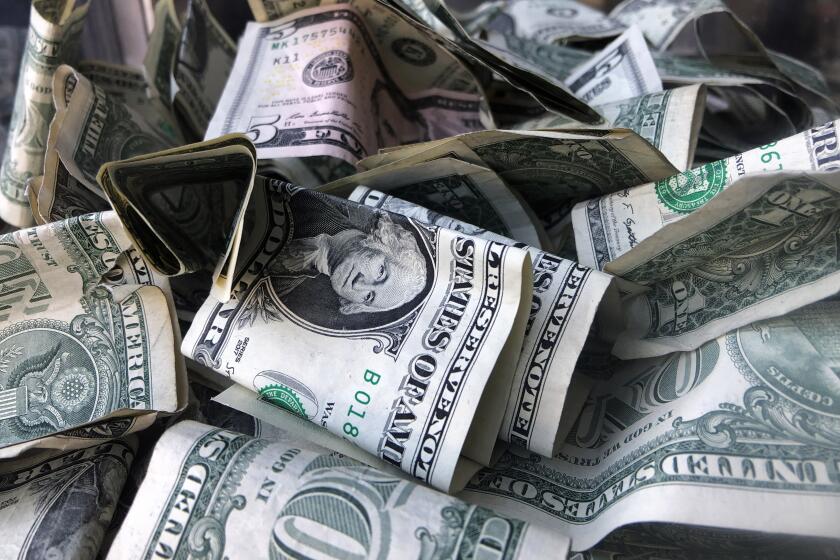Stocks stall in mixed trading day after worst drop in months
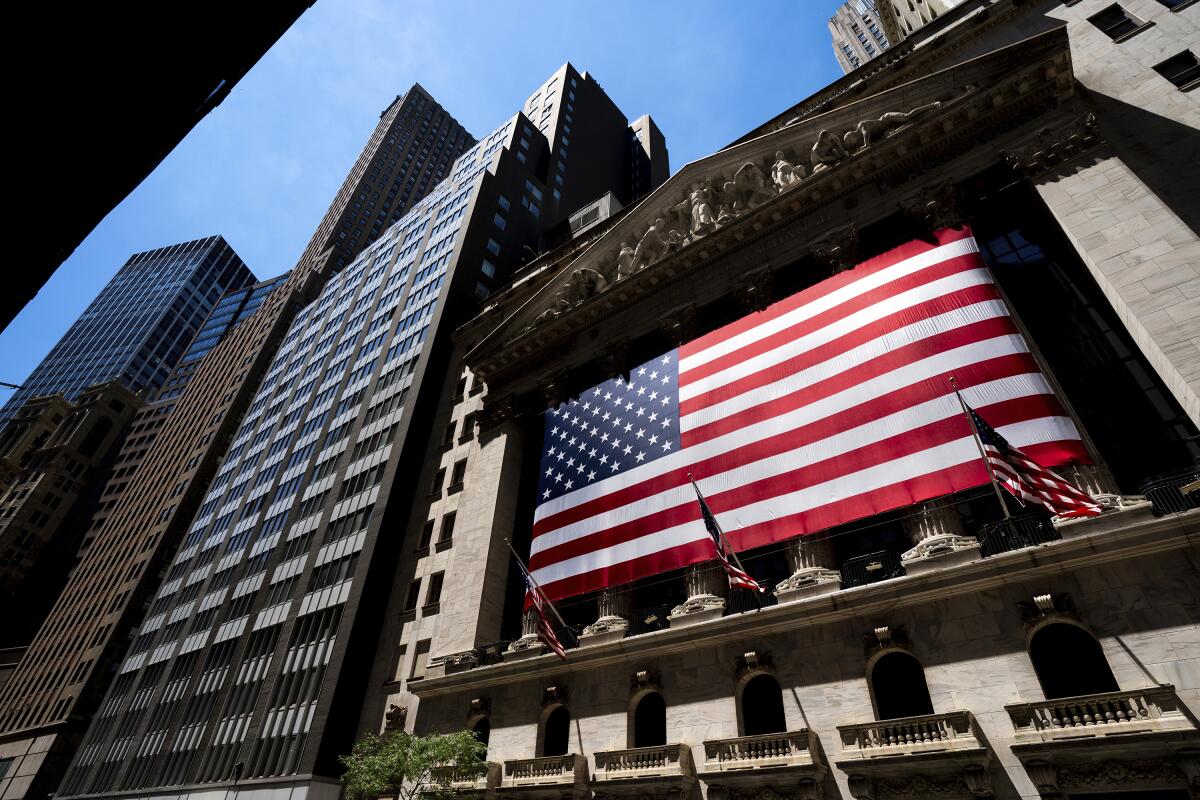
Stocks stalled Wednesday in mixed trading, a day after suffering their worst loss since December, as Wall Street prepares for interest rates to stay higher for longer.
The Standard & Poor’s 500 index slipped 0.2% after drifting between small gains and losses through the day. The Dow Jones industrial average fell 0.3%, while the Nasdaq composite edged up 0.1%.
After leaping at the start of the year, stocks have hit a wall in February on worries that inflation is not abating as quickly or as smoothly as hoped. That has Wall Street raising its forecasts for how high the Federal Reserve will take interest rates and how long it will keep them at that level.
High rates can help drive down inflation, but they raise the risk of a recession because they slow the economy. They also hurt investment prices.
That recalibration by Wall Street, which earlier was betting that easing inflation would soon get the Fed to take it easier on interest rates, has caused yields in the Treasury market to shoot higher this month.
The yield on the 10-year Treasury is near its highest level since November. It pulled back a bit from its surge Tuesday, sliding to 3.92% from 3.95%. That helped take some pressure off stocks Wednesday.
America’s consumers rebounded last month from a weak holiday shopping season by boosting their spending at stores and restaurants at the fastest pace in almost two years.
The two-year yield, which moves more on expectations for the Fed, fell to 4.69% from 4.73%. It’s also been near its highest level since November. If it tops that level, it would be at its highest since 2007.
Traders have in recent weeks slashed their bets that the Fed could cut rates later this year. Now they’re in closer alignment with what Fed officials have been telling the market for months, if not preparing for even more.
Investors are penciling in at least two more rate hikes of 0.25 of a percentage point, with a possible third. Some believe that the Fed may even consider heftier increases of half a point.
The Fed has brought its main overnight rate up to a range of 4.50% to 4.75%, compared with virtually zero at the start of last year, in its drive to stamp out high inflation. It has also said it envisions no cuts in rates this year.
A Federal Reserve official is downplaying signs the economy is strengthening but said he is prepared to keep raising interest rates in smaller increments as needed.
Minutes from the central bank’s last meeting showed policymakers still think that inflation is too high and that interest rates need to rise further. “A few” officials even said they preferred raising rates by half a percentage point at that last meeting, double the size of what the Fed actually did.
And that discussion came before a slew of stronger-than-expected reports arrived on the economy that could raise the pressure further on inflation. They included resilient readings on the job market, retail sales and inflation itself.
The disappearing hopes for a rate cut this year on Wall Street, along with rising expectations for how high rates will ultimately go, have dragged down the S&P 500’s gain for the year to 3.9%. Earlier this year, it was up as much as 8.9%.
“February is known as a hangover month,” said Ryan Detrick, chief market strategist at Carson Group. “After one of the best months we’ve seen, to have some indigestion shouldn’t surprise any investors. Now we’re starting to get some of that volatility and weakness.”
The Fed’s next move on rates will be next month. Traders see a roughly 3-in-4 chance that the Fed will raise rates by 0.25 of a percentage point, according to CME Group. They see a 27% chance of a hike of 0.50 of a percentage point. A month ago, traders were seeing a roughly 1-in-5 chance that the Fed wouldn’t raise rates at all in March.
A relatively lackluster earnings reporting season for big U.S. companies is winding down, and some of Wednesday’s biggest losers dropped despite reporting better results for the latest quarter than expected. That’s because investors have been putting more emphasis on what companies say about their upcoming results, with worries high about rising costs and inflation eating into profits.
Charles River Laboratories dropped 10.1% despite topping forecasts for the latest quarter. It said it received a U.S. Justice Department subpoena related to shipments of primates that the company received from its supplier in Cambodia. The company said it voluntarily suspended such shipments, which pushed it to cut its forecast for revenue this upcoming year.
Keysight Technologies tumbled 12.7% for the largest loss in the S&P 500 despite also reporting stronger profit and revenue for the latest quarter than expected. Analysts pointed to its reporting of softer orders than forecast.
On the winning side was Diamondback Energy, which rose 2.3% after it reported a stronger profit for its latest quarter than analysts expected.
All told, the S&P 500 fell 6.29 points to 3,991.05. The Dow dropped 84.50 points to 33,045.09, and the Nasdaq gained 14.77 points to close at 11,507.07.
AP writers Yuri Kageyama and Matt Ott contributed to this report.
